Drones have taken center stage during the war in Ukraine. Initially, Ukraine capitalized on the Turkish-manufactured TB2 Bayraktar drone to help disrupt Russia’s invasion, including by sinking the Moskva, Russia’s acclaimed guided missile cruiser. In the second half of 2022, Ukraine took the unprecedented step of building an “army of drones” to consolidate earlier gains, incorporating both smaller, tactical drones as well as civilian drones modified for military use. At the same time, the United States has sent over 1,000 “kamikaze” Switchblade drones, sometimes referred to as “loitering munitions,” to Ukraine as part of its security assistance packages worth $40 billion. As the war has dragged on, Ukrainian officials have requested more advanced drones from the United States, which U.S. policymakers have been reluctant to provide.
Why is this the case? Considering a strong plurality of Americans support sending military aid to Ukraine, U.S. policymakers should feel welcome to send advanced attack drones, such as the MQ-9 Reaper long-endurance, high-altitude surveillance drone, to the country. Indeed, research shows that “U.S. officials routinely invoke polling data to enhance the legitimacy of their policy actions.” This has notably been the case in the bipartisan effort to transfer sophisticated weaponry to Ukraine, including the M1A1 Abrams tank.
Yet U.S. officials point to the Missile Technology Control Regime (MTCR), which was established in 1987 to prevent the proliferation of potential delivery vehicles for ballistic and nuclear weapons, as a reason why they cannot send these drones to Ukraine. The Biden administration also references its new Conventional Arms Transfer (CAT) Policy, which considers the potential human rights consequences of arms sales, to limit the export of drones.
But do Americans believe that domestic policy and international norms should constrain the export of armed drones, among other forms of military aid? To answer this question, we carried out an original survey of Americans. We investigated whether domestic and international constraints shape public attitudes, or whether other considerations, such as other exporters, the nature of the importer, the intended use of drones, or previous military aid, matter more.
Our study reveals that legal commitments guiding drone exports do not shape public support despite these measures being the basis for Washington’s continued restraint. Rather, two considerations shape public support for drone exports: the recipient country and purpose of use. Americans prefer to trade drones to perceived allies and that their intended use be non-lethal. While policymakers have the responsibility to do what they believe is in the public interest, they also acknowledge they have to be responsive to voter preferences. Not only do our results show Americans support drone exports, especially to Ukraine, but they also show that Americans are indifferent to domestic policy and international norms that policymakers often cite to restrain drone exports. This suggests that U.S. citizens do not think they matter much.
HOW DO WE STUDY PUBLIC OPINION?
To probe U.S. citizens’ support for drone exports, we varied five attributes that may affect public attitudes for drone exports. First, we rotated the importing country, drawing on research that shows trade often tracks with security alliances. Second, we alternated the use of drones, capitalizing on a study that suggests the public may support drone exports if the capability is used for non-lethal versus lethal purposes. Third, we randomized previous military aid, not including drones, to assess the escalatory potential of drones compared to other weapons.
Fourth, we randomized other drone exporting countries, allowing us to study whether international competition shapes public support for drone sales. We measured respondents’ understanding of international competition by gauging their support for drone exports in terms of other countries that are leading proliferators of drones globally. Finally, we presented respondents with different export governance measures, shifting between the MTCR and CAT Policy (the aforementioned policies designed to prevent arms proliferation and protect human rights), to assess how the relevancy of these instruments moderates public support for drone exports.
After reading a hypothetical drone export scenario that mixed these attributes, we asked respondents to gauge their support for the export of drones using a five-point scale, with one corresponding to “strongly oppose” and five corresponding to “strongly support.” We rescaled the responses from zero to one, reflecting the percentage of respondents who support drone exports by each attribute-level.
WHAT SHAPES PUBLIC SUPPORT FOR DRONE EXPORTS?
Contrary to policymakers’ frequent references to the constraints imposed by export governance measures, we find that public support for drone exports is not conditioned by a consideration of domestic policy or even international norms.
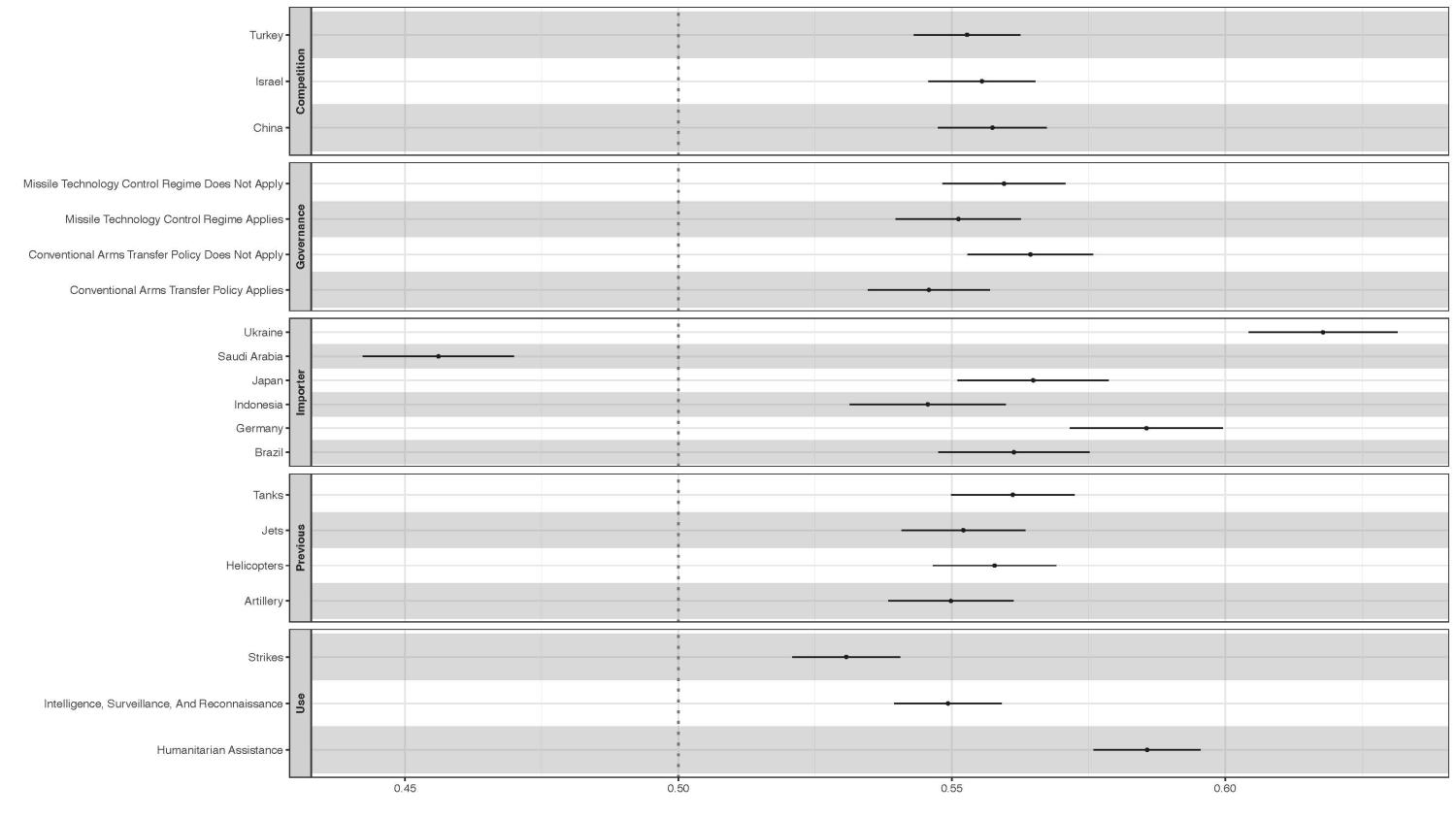
Rather, we find that public support for drone exports is shaped by two considerations. First, Americans care most about the recipient country. If the country is perceived to be an ally, whether the respondent was correct or not, the respondent’s willingness to support drone exports rises. Americans are most supportive of drone exports to Ukraine (62%), for example, in comparison to Germany (59%) or Japan (57%). Interestingly, over 56% of respondents identified Ukraine as an ally, which is comparable to respondents’ perceptions of allies who have formal defense treaties with the United States, including Germany (52%) and Japan (50%). Americans were least supportive of drone exports to Saudi Arabia (46%) despite 28% of Americans believing that Saudi Arabia is an ally of the United States.
Second, Americans also care about the intended use of drones. We find that the public is less supportive of drone exports used for lethal purposes. Public support for drone exports is highest if the capability is used for seemingly innocuous reasons, including humanitarian assistance (59%), while it is lowest if the capability is used in terms of conflict, namely strikes (53%). Drones used for intelligence-gathering splits the difference, at 55% approval, which is closer to levels of public support for the export of drones used for strikes. This latter finding implies that Americans support the export of drones to Ukraine, but with a caveat. As one participant noted, policymakers should ensure that drones do not “risk escalation to direct conflict with Russia.” This is consistent with other feedback, with one respondent arguing that “Russia is in the wrong, but we should not be interfering in such a blatant way.”
Our results also show that the public is no more or less reluctant to export drones than other forms of traditional military aid, such as tanks that are “physically present and visible,” when determining their level of support to the export of drones. Whether, or which, other countries are also exporting drones has little effect on public support for American exports.
A CALL TO ACTION FOR U.S. POLICYMAKERS?
Taken together, our findings point to a potential disconnect between public and U.S. policymakers’ support for drone exports, particularly to Ukraine. Yet our results should not be interpreted as a “green light” for drone sales. Policymakers have a duty to implement policies that they believe are good for the country. As such, they often point to the CAT Policy and MTCR to constrain drone exports, reflecting a concern for the risks of proliferation.
Policymakers might well be right. Opposition groups in some countries have used drones against their own national government’s leaders, and authorities in other countries have targeted their political rivals. But our analysis suggests that these concerns may not be shared by Americans, especially when it comes to exporting attack drones to Ukraine. And, as Steven Pifer notes, “the Kremlin’s red lines — never clearly articulated — appear less stringent than some in the West evidently believe. There remains space for expanded U.S. and Western military assistance to Kyiv that would not cross the lines that appear to have emerged over the past year.” Indeed, concerns over escalation in Ukraine due to U.S. military aid have softened over time. While tanks where once perceived as too provocative to provide Ukraine, risking a direct conflict between Russia and the United States, they are now lauded as a “game-changer.”
As the conflict in Ukraine drags on, policymakers have much to consider. They are already opening the door to providing F-16 fighter jets to Ukraine after months of denied requests. Even if the public endorses this move, signaling support to the transfer of more advanced weaponry to Ukraine, only policymakers can decide whether sending armed drones should follow.
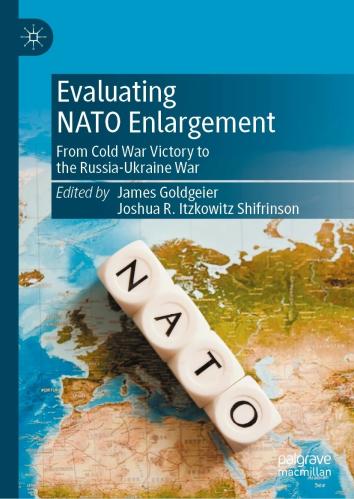

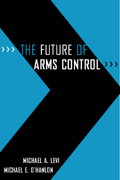


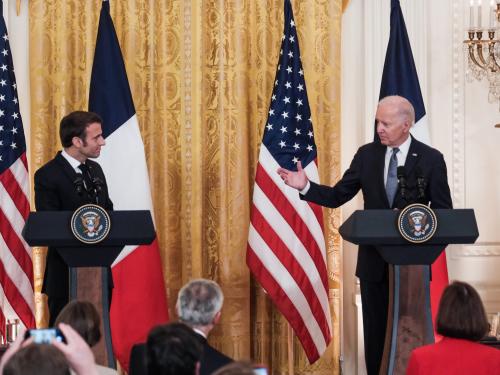


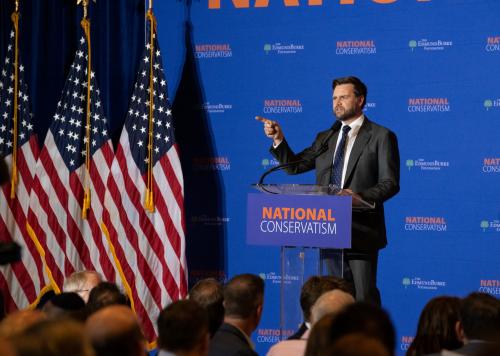
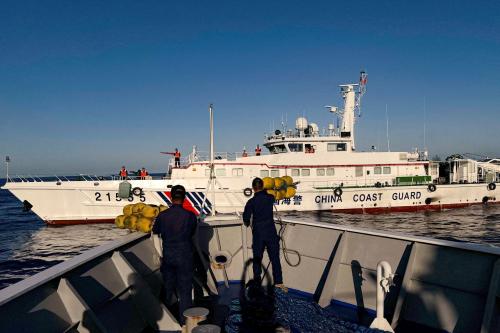

Commentary
Americans support exporting drones to Ukraine — with a caveat
May 25, 2023